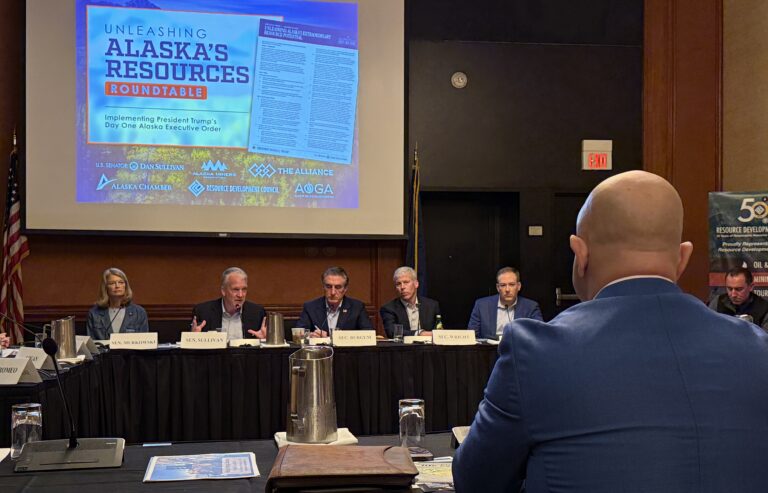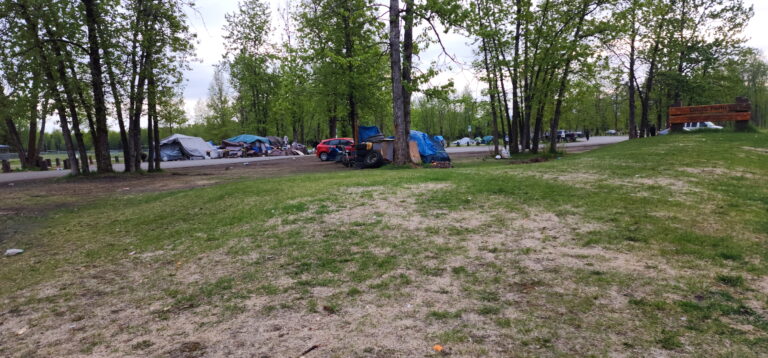By PEDRO GONZALEZ
It didn’t take long for Alaska superintendents to go from celebrating a proposed school funding increase to insisting that more would still not be enough.
On May 19, Gov. Mike Dunleavy, a former superintendent and school board president himself, vetoed House Bill 57, which would, among other things, raise base student allocation by $700 per head. Most of his reservations stemmed from the ways in which the money would be spent and how it would manifest.
In a column, Dunleavy called out what he called the “education cabal,” an “entrenched coalition of special interests, lobbyists and status quo defenders,” for caring more about dollar signs than student outcomes.
But the Alaska Legislature had other plans. Following what was Dunleavy’s third veto of an education bill in two years, it overrode him, eliciting cheers from Clayton Holland, a school official.
“All of our communities are really wanting public education funding to be increased and to support their communities,” he told YourAlaskaLink. “And so it is wonderful to have the legislature in the same space.”
In a statement, the Anchorage School District echoed Holland, but added a word of caution.
“We applaud the Legislature’s override of the Governor’s veto,” the district said. “But even as we celebrate that progress, uncertainty still remains.”
Suddenly, the idea of an additional $184 billion per year increase to the base student allocation seemed a lot smaller. Superintendents warned that it would quickly prove insufficient against the backdrop of rising inflation and costs.
Even HB 57 wouldn’t save positions that are on the chopping block in the Kenai Peninsula. Indeed, some superintendents characterized the funding increase as a step backward.
In a prepared statement, Juneau Superintendent Frank Hauser said that although “the $700 increase does not fully keep pace with inflation or the rising costs of delivering quality public education across our vast and diverse state, it represents the most substantial investment in our students and schools in many years and introduces new, bipartisan-supported policies.”
Hauser, in other words, means that the schools need more, much more.
Apart from disagreements over policy items, Dunleavy’s central point of opposition against HB 57 has been that more funding has not translated into better outcomes. The governor has reiterated that he does not oppose allocating more dollars for education but rather wants to ensure that the state is “investing strategically, with every dollar tied to outcomes” as Alaska faces a variety of economic and demographic headwinds, including declining oil revenues and demographic stagnation. That’s just the tip of the iceberg, too.
Alaska schools have become so hard up for teachers that they are turning to the Philippines, where they are going to find fresh recruits. It’s an expensive and complex process that involves immigration lawyers and visa fees. It has naturally drawn a lot of criticism. School districts say that this route allows them to cut out the agencies that serve as the middlemen and charge as much as $27,000 per teacher.
But what happens to those who cannot afford or do not want to hire foreign teachers but are also unable to attract domestic ones? The Alaska Council of School Administrators has relied on grant funding from the US Department of Education to enhance recruitment and retention efforts. It’s a desperate measure with uncertain fruit.
The irony of the override, then, is that it more or less leaves the debate more or less where it started amid a darkening picture for education in Alaska.








